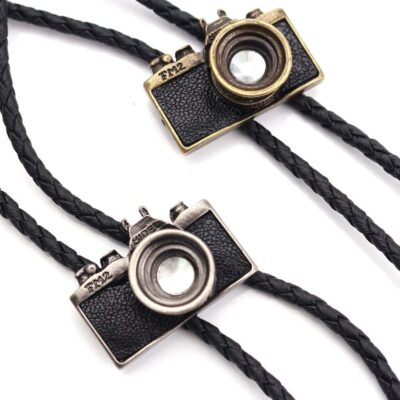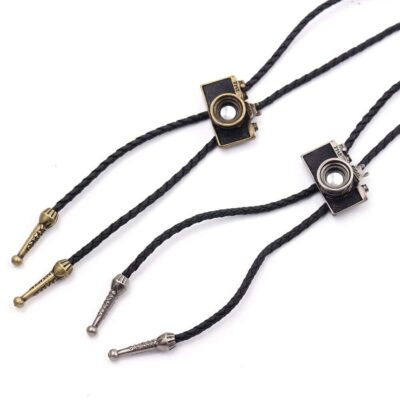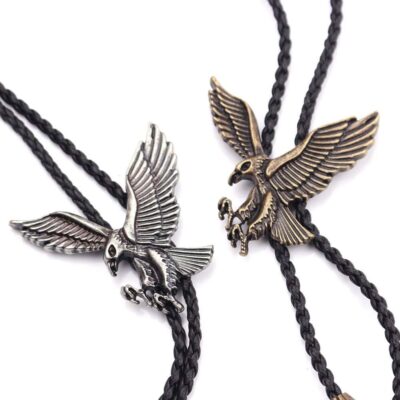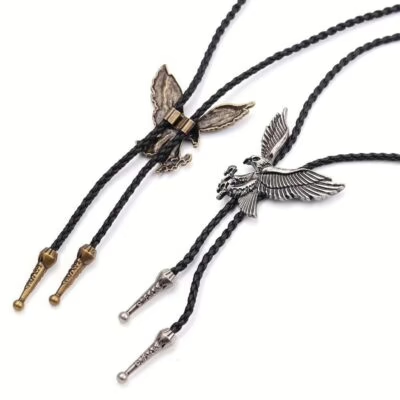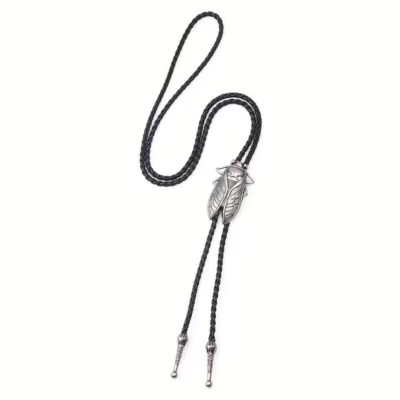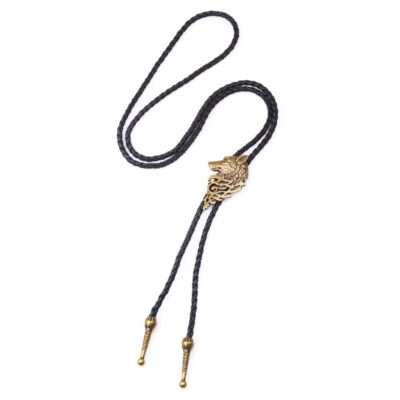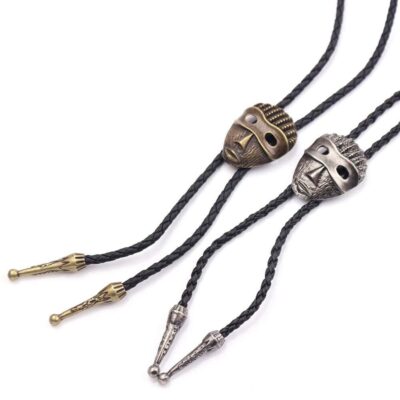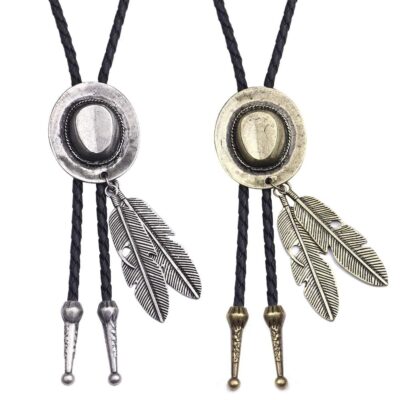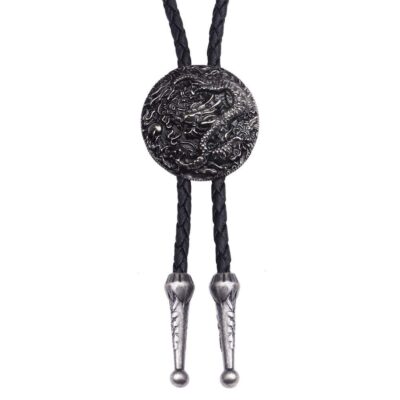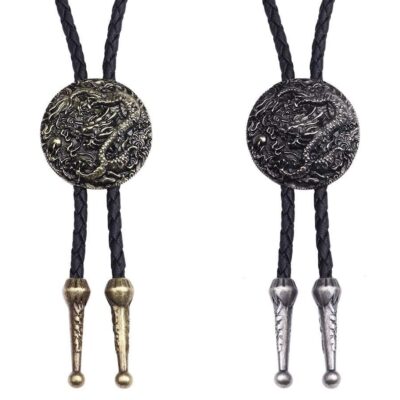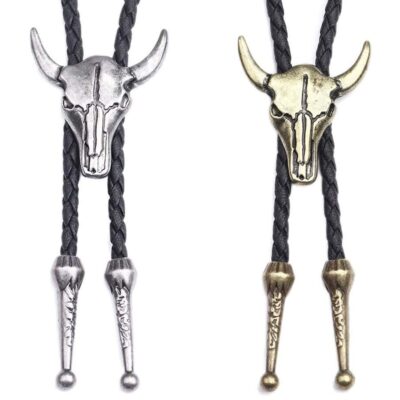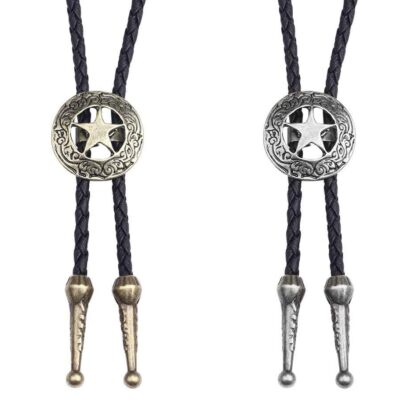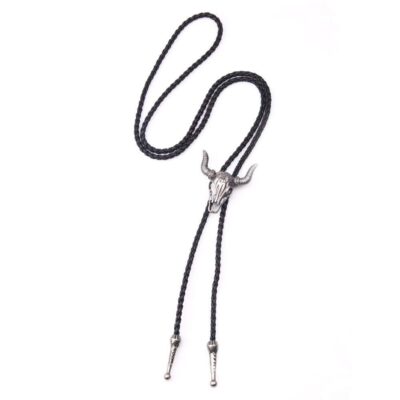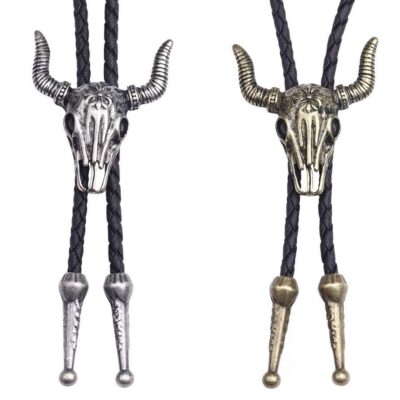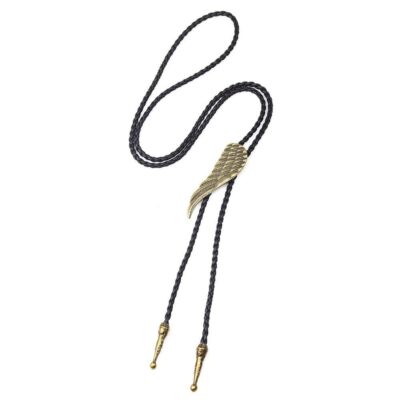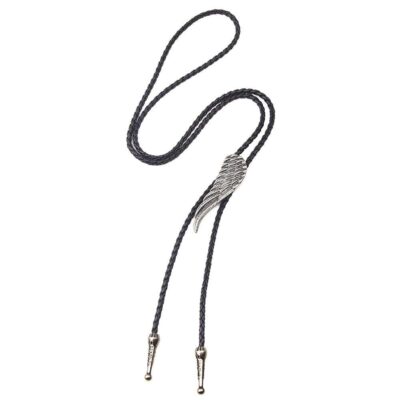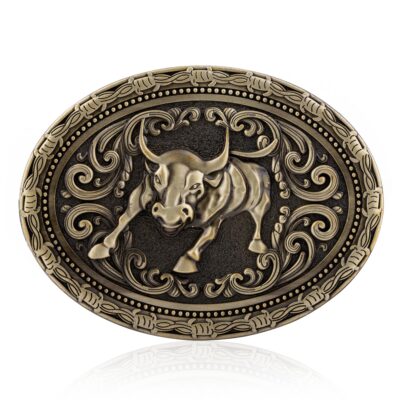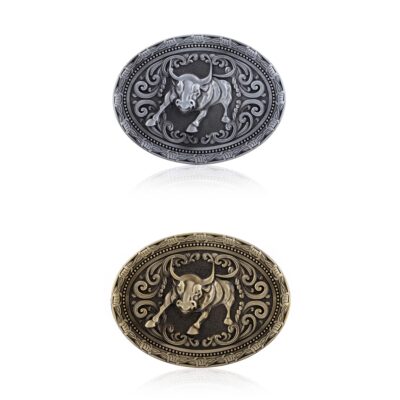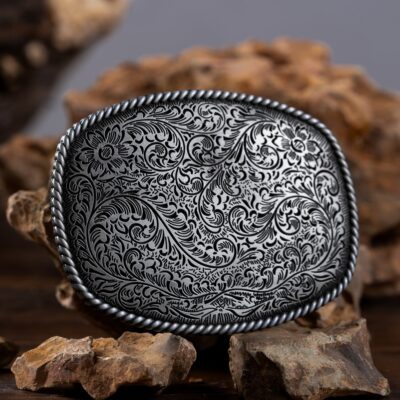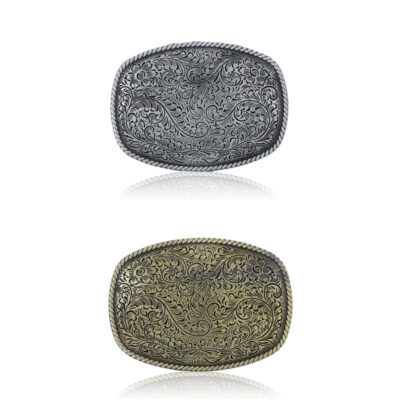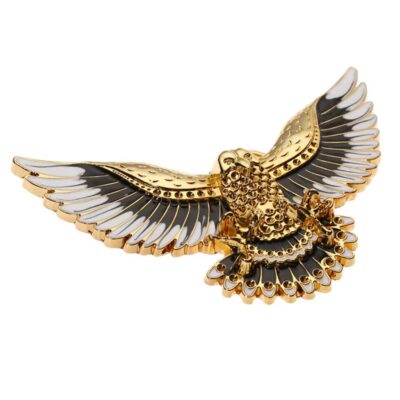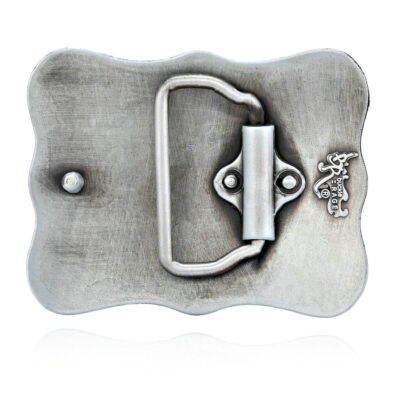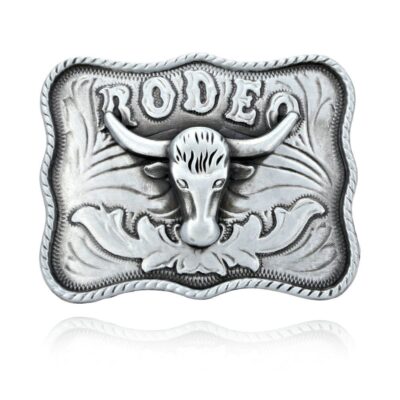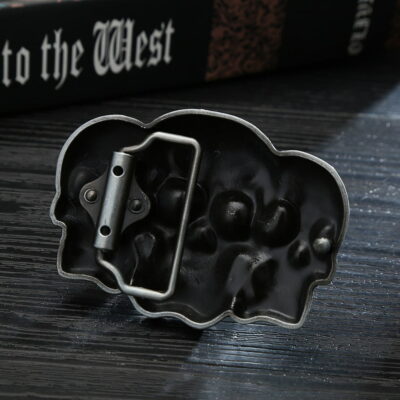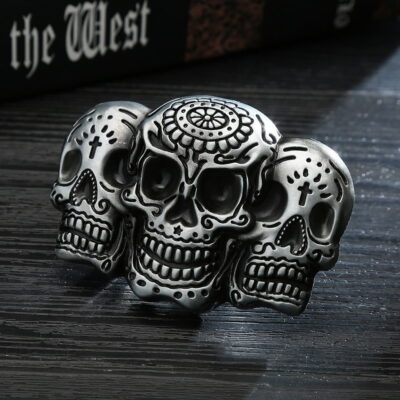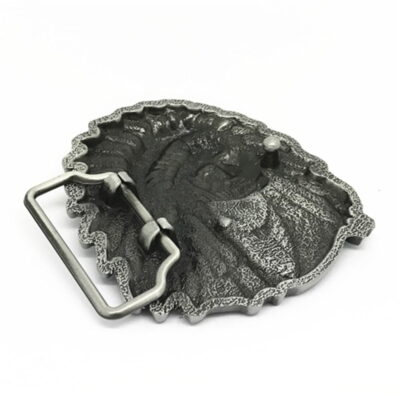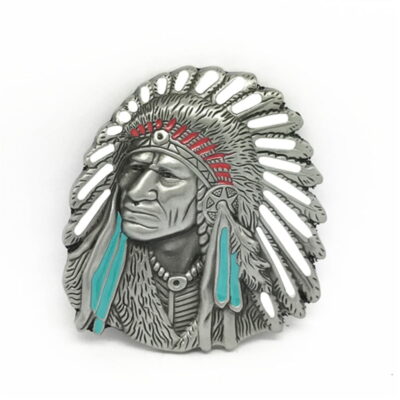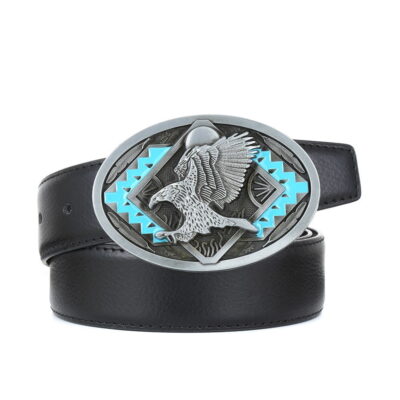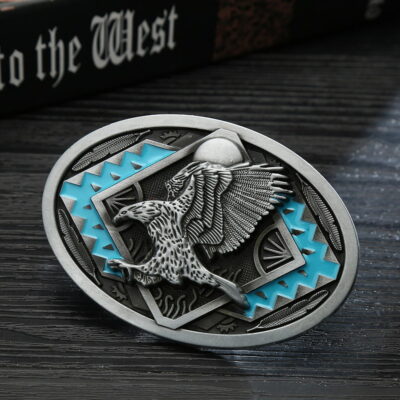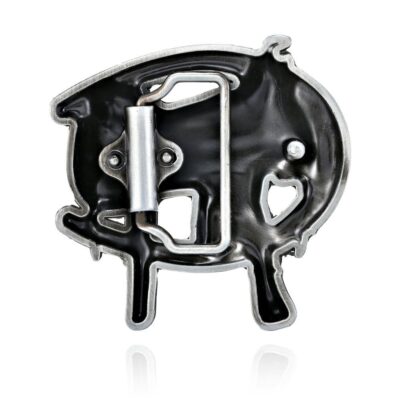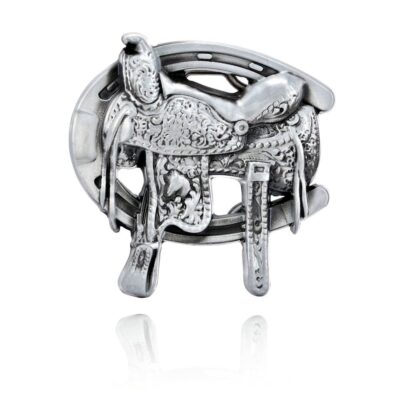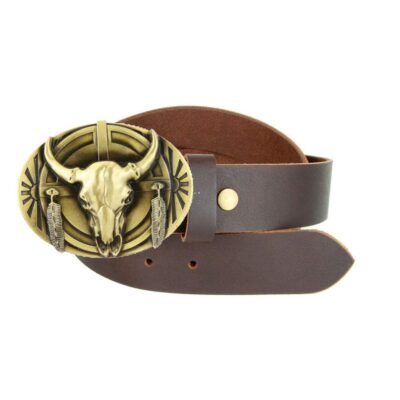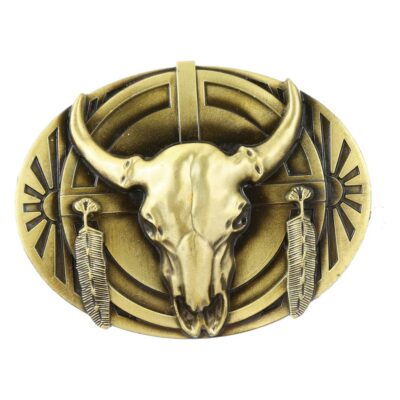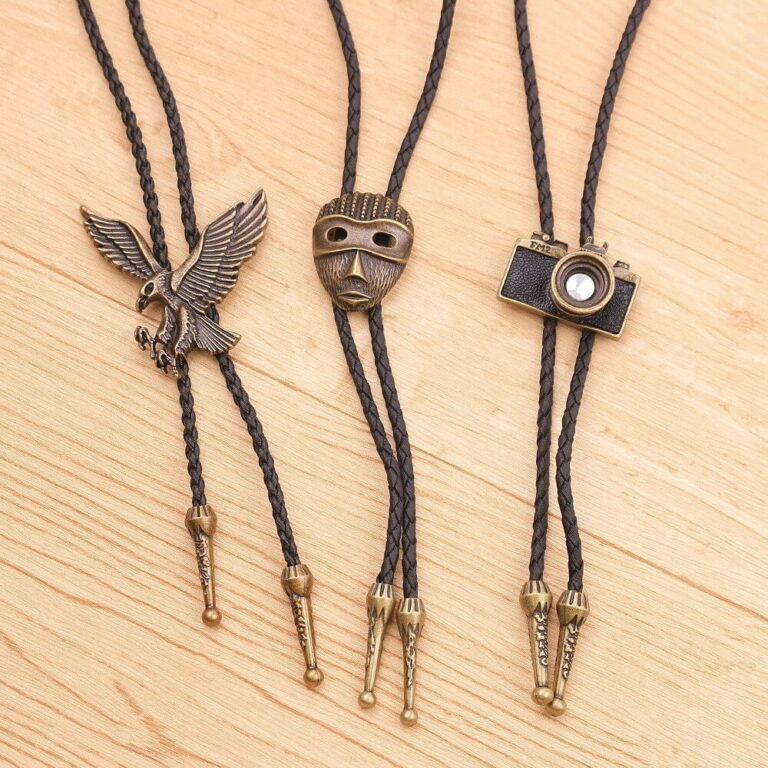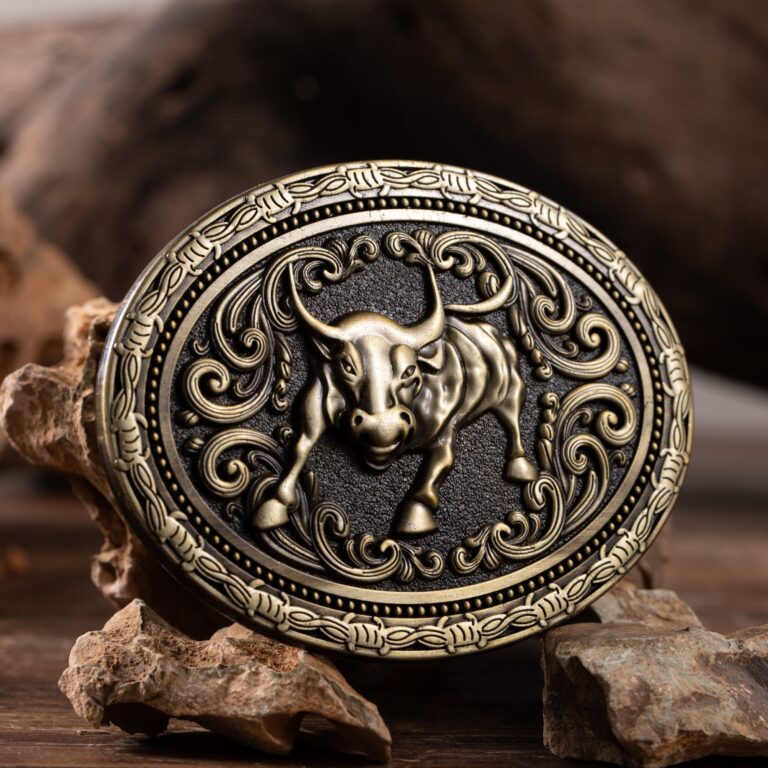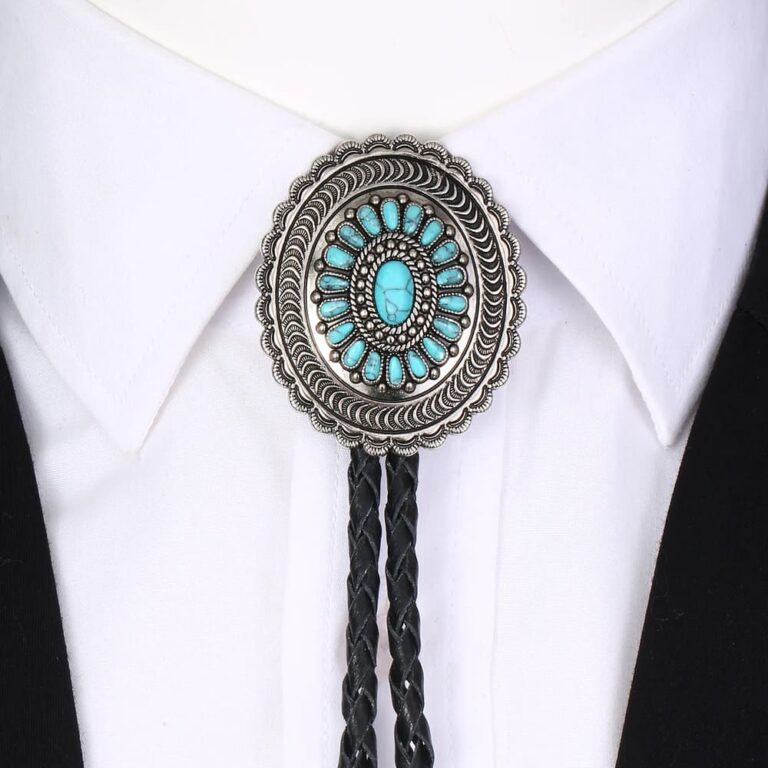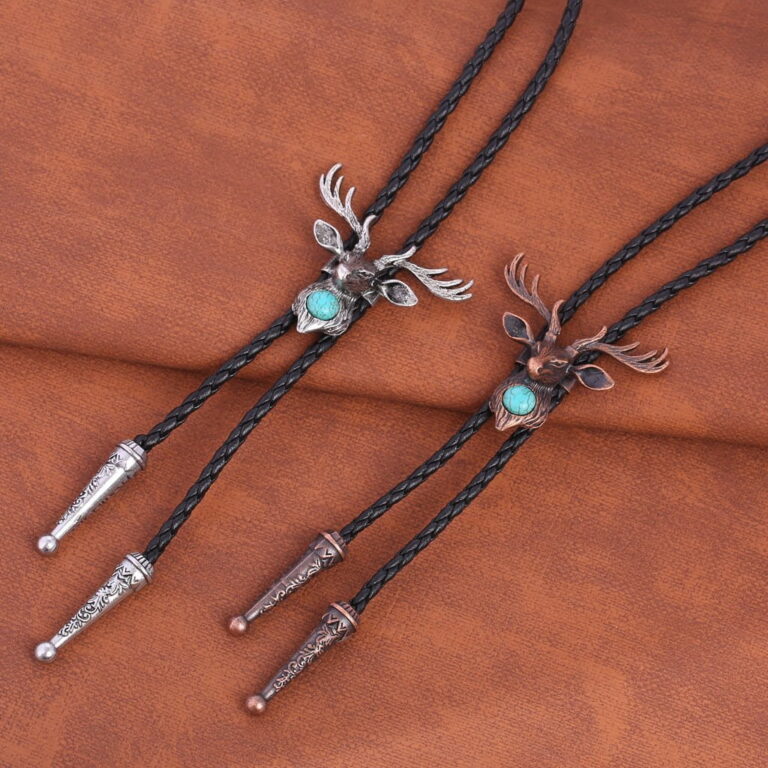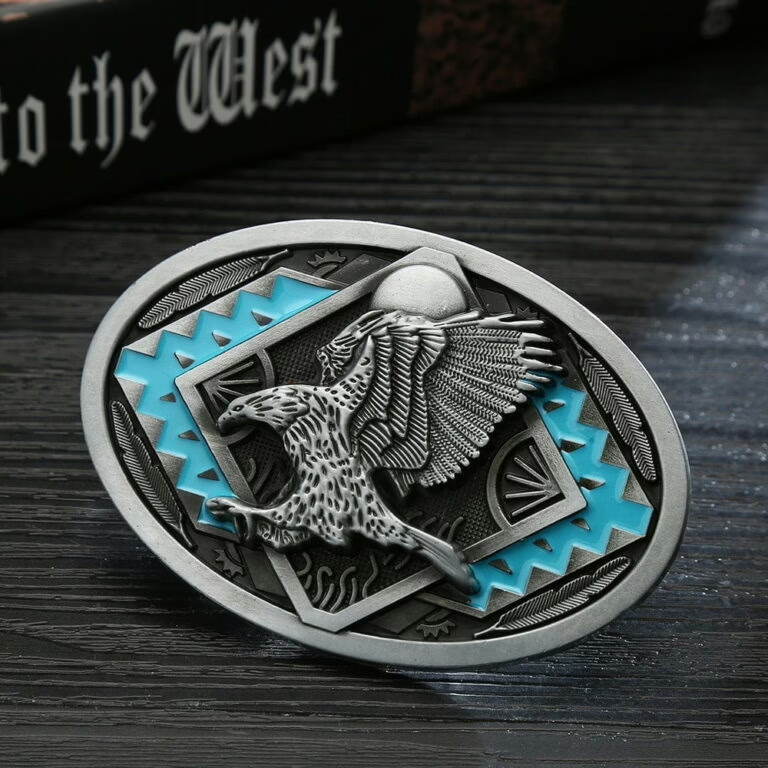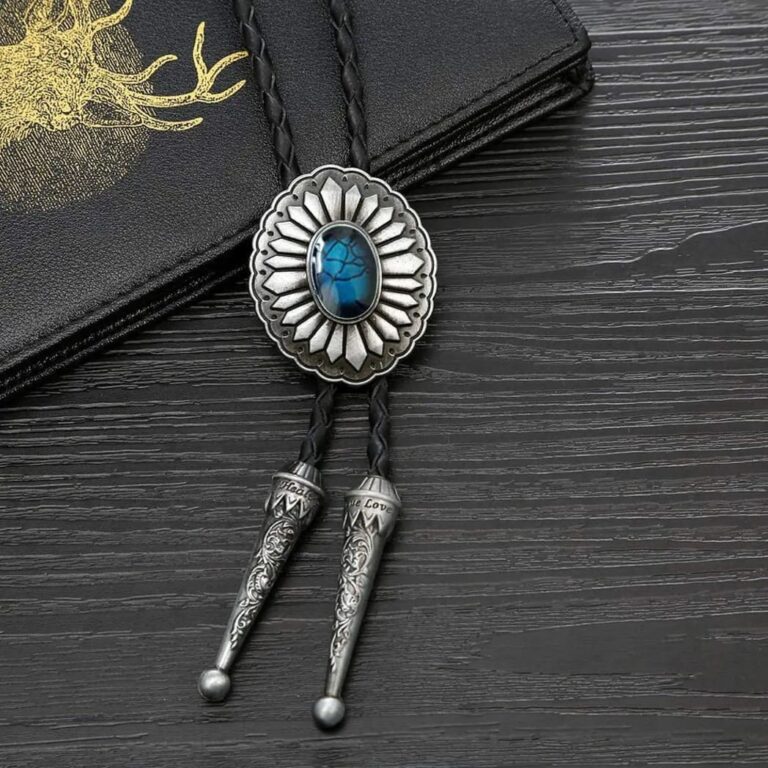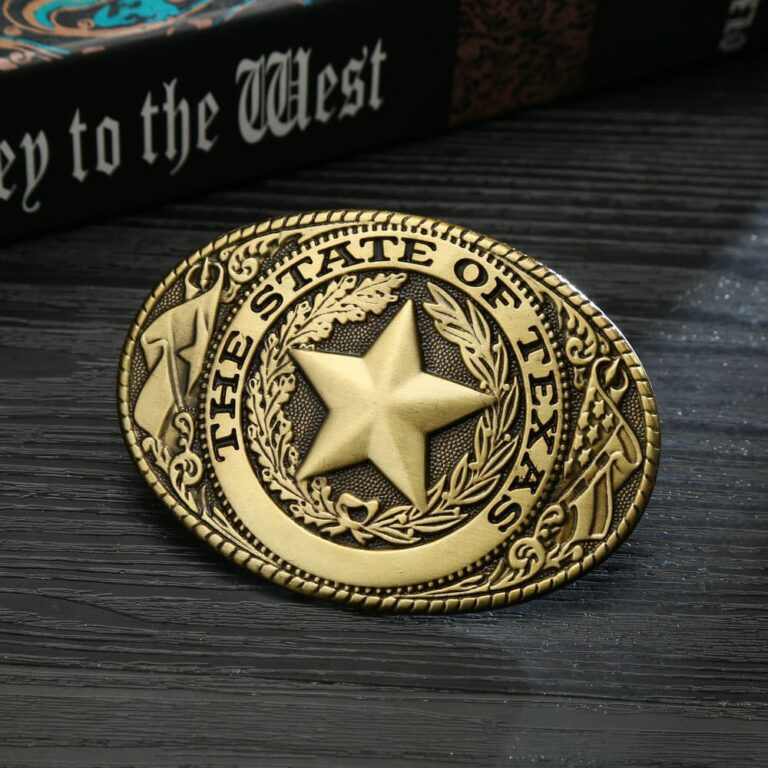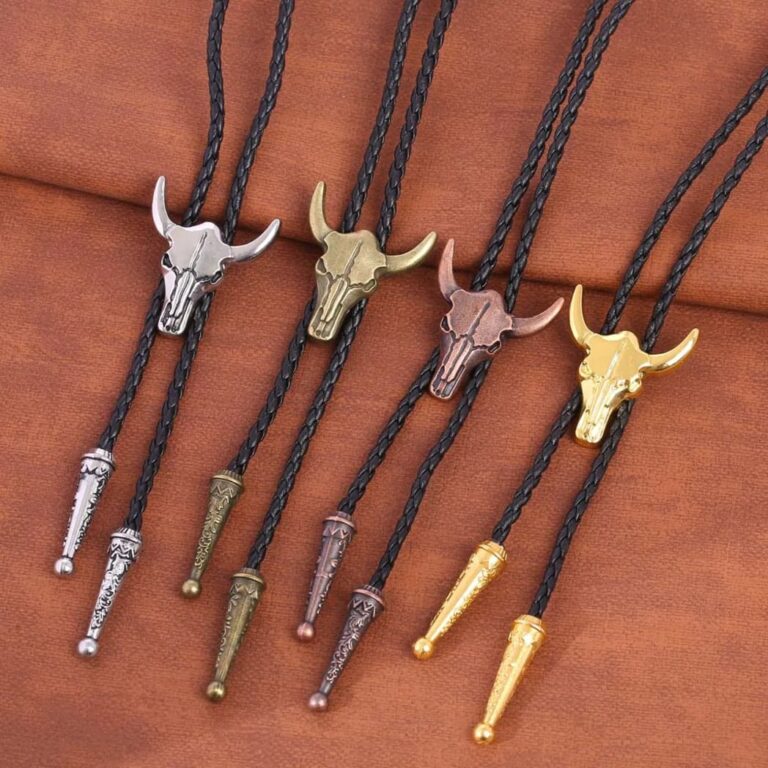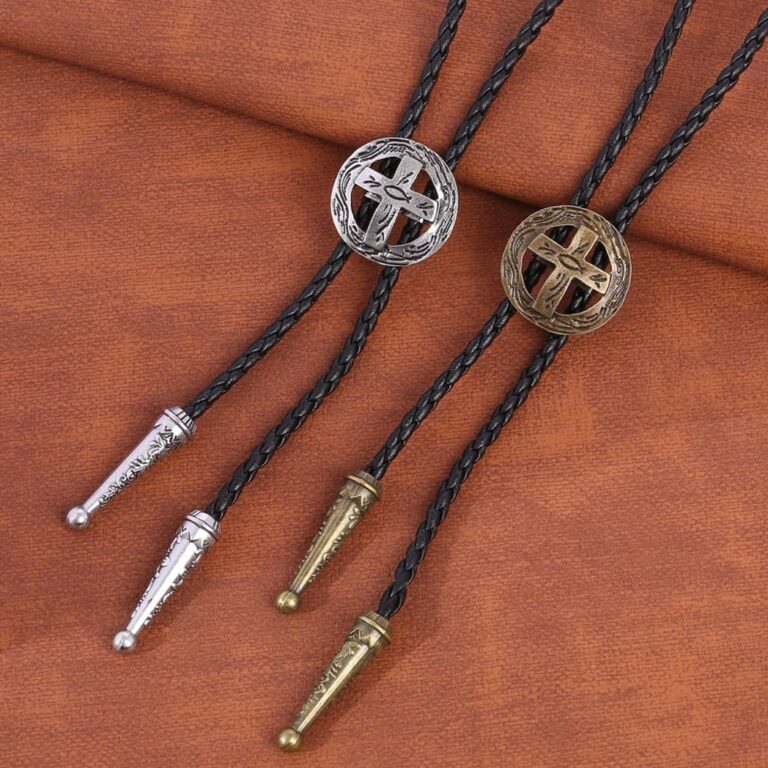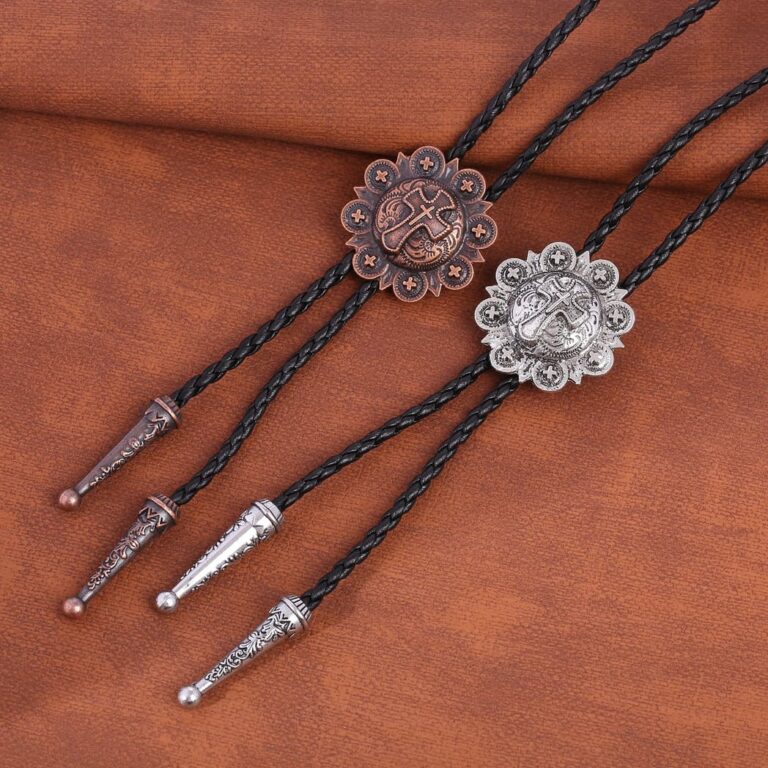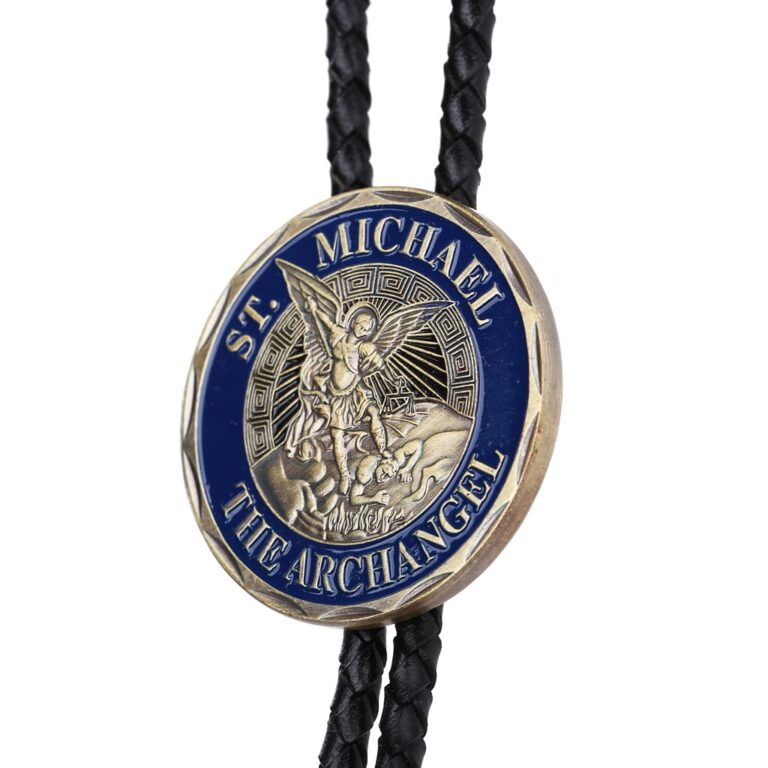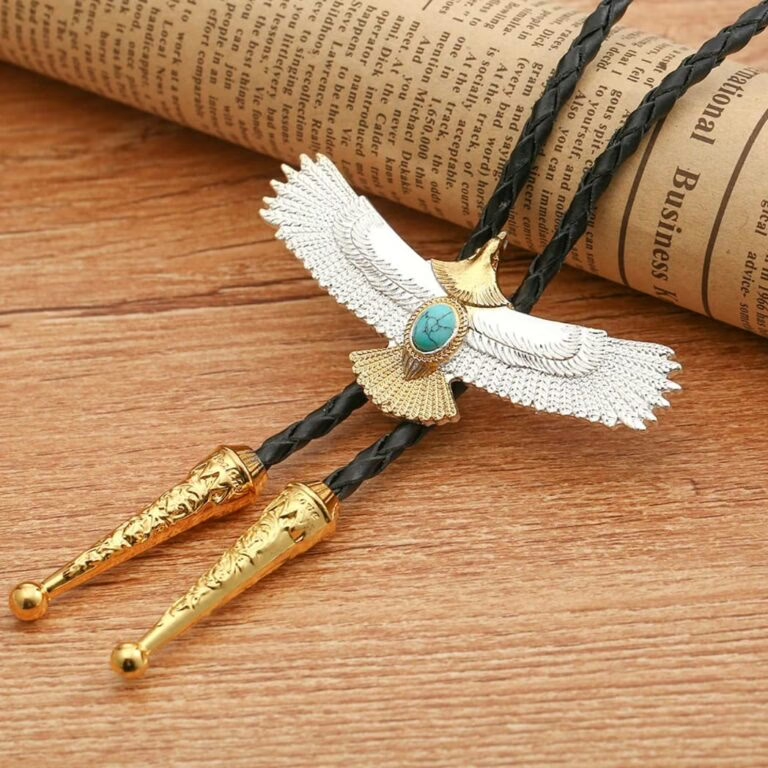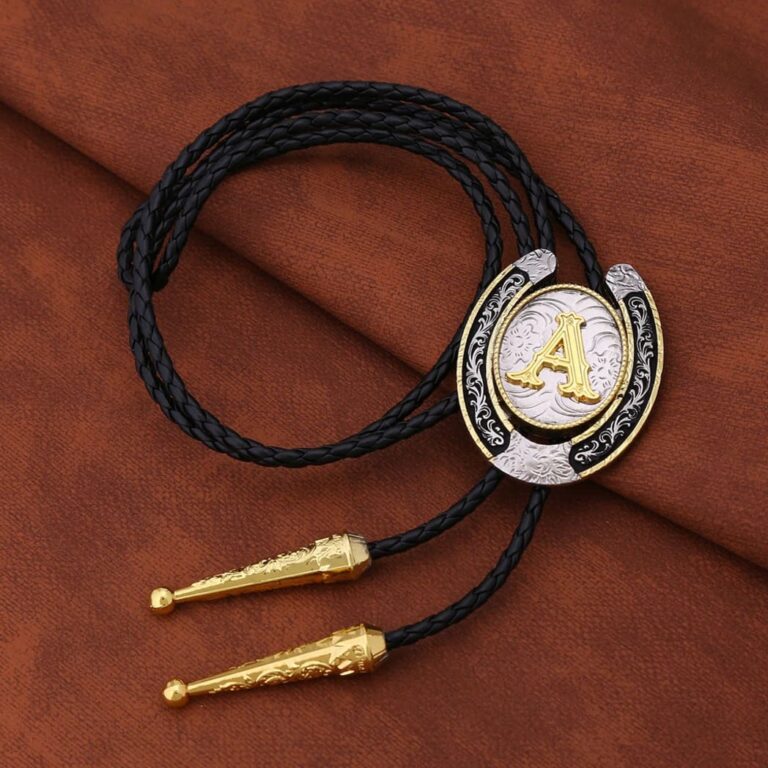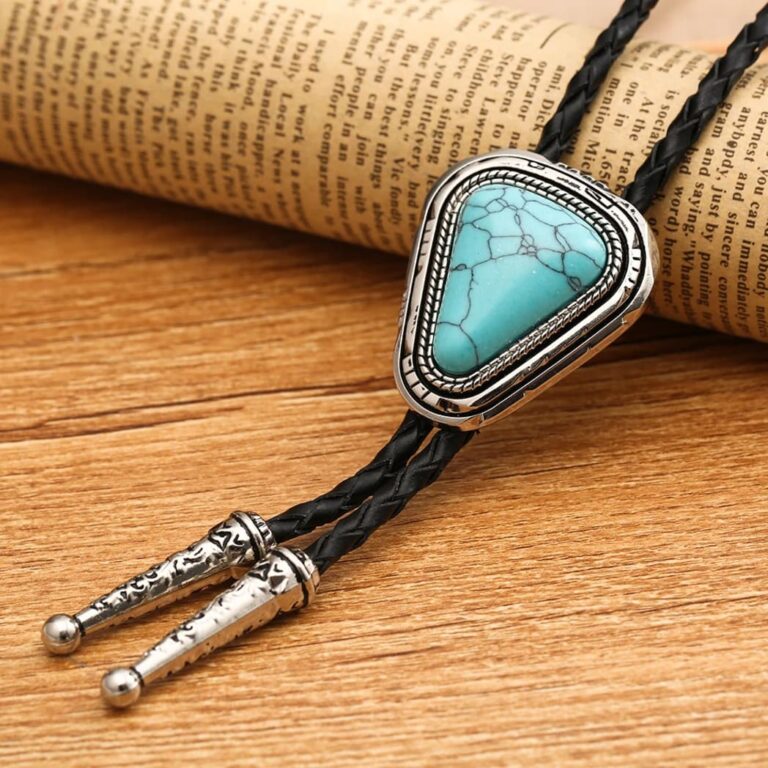The Evolution of Bolo Ties in the 20th Century
The bolo tie, a symbol of Western heritage and rugged individuality, underwent significant transformations throughout the 20th century. Its journey from humble roots to global fashion icon is a testament to both its versatility and timeless appeal. In this article, we’ll explore how bolo tie designs evolved during this century, reflecting cultural shifts, artistic trends, and technological advancements.
Whether you’re a collector, a history buff, or just discovering this stylish accessory, understanding the history of bolo ties provides invaluable insight into their enduring appeal.

The Early 1900s: Origins and Simple Designs
In the early 20th century, bolo ties were typically crafted by Southwestern artisans, inspired by traditional Native American jewelry. Early designs were simplistic, featuring natural materials like leather cords and silver clasps. Native American bolo ties, rich in cultural significance, often showcased symbols of nature or tribal heritage.
If you’re curious about the origins of bolo ties and their cultural roots, you might want to explore our comprehensive guide on the History of Bolo Ties.
Mid-20th Century: The Bolo Tie Booms
The 1950s saw an explosion in the popularity of bolo ties, with designs becoming more elaborate and diverse. This era embraced the post-war Western revival, spurred by Hollywood’s love affair with cowboys and the American West.
Designers began experimenting with new materials like gemstones, turquoise, and intricate metalwork, giving birth to iconic styles such as turquoise bolo ties, known for their vibrant color and connection to the Southwest. Gemstone bolo ties also grew in prominence, becoming a favorite among those who wanted to add a touch of elegance to their Western attire.
During this time, bolo ties evolved from mere accessories to status symbols, worn by everyone from ranchers to politicians. The distinctive Western wear movement sparked the rise of western cowboy accessories, with bolo ties becoming a crucial part of the cowboy ensemble.
The 1960s & 70s: Artistic Flourishes and Counterculture
As the 1960s and 1970s unfolded, bolo ties began to reflect broader societal changes. The influence of the hippie movement and Native American cultural resurgence contributed to a shift toward more intricate, symbolic designs. Bolo ties became a canvas for individual expression, featuring bolder, more personal themes.
These decades also saw the rise of the personalized bolo tie, offering wearers the ability to showcase their unique style or heritage. Collectors today highly prize these bespoke designs, often hand-carved or featuring animal motifs.
The 1970s also marked the formal recognition of the bolo tie as the official state neckwear of Arizona, cementing its status as a Western icon.
The Late 20th Century: Modernization and Fusion
The late 20th century brought with it modern interpretations of the bolo tie. Designers blended tradition with contemporary fashion trends, creating avant-garde pieces that crossed cultural and gender lines. Today, bolo ties are worn by both men and women, and have evolved to fit any occasion, from casual wear to formal events like weddings.
Bolo ties also entered the world of high fashion, with luxury designers incorporating them into their collections. This modern renaissance has made bolo ties not just a symbol of Western heritage, but a global fashion statement.
Popular Design Trends of the Late 20th Century
- Skull Bolo Ties: Reflecting a blend of rock culture and the outlaw spirit, the skull bolo tie became a bold statement piece during the 1980s.
- Religious and Cultural Bolo Ties: The rise of religious motifs, such as Christian and Catholic bolo ties, highlighted the growing diversity in bolo tie designs.
To explore the latest trends, browse our complete collection of bolo ties.
The Enduring Legacy of the 20th-Century Bolo Tie
The 20th century was a transformative period for bolo ties, pushing the boundaries of design and culture. These pieces evolved from simple neckwear into symbols of personal identity, artistic expression, and cultural pride. Today, they remain a powerful accessory that blends history with modern fashion.
Q&A: Common Questions About 20th-Century Bolo Ties
Q: What materials were popular in bolo tie designs during the 20th century?
A: Designers favored a wide range of materials, including leather, silver, turquoise, and other gemstones. Gemstone bolo ties, especially those featuring turquoise, became incredibly popular.
Q: Why did bolo ties become so popular in the 1950s?
A: The post-war Western revival, driven by Hollywood, spurred interest in all things Western. Bolo ties quickly became a symbol of the rugged cowboy lifestyle.
Q: Are 20th-century bolo ties valuable today?
A: Yes, vintage bolo ties from the 20th century, especially those made by renowned artisans or featuring rare materials like turquoise, can be highly valuable.
Key Moments in the 20th Century Evolution of Bolo Ties
- Early 1900s: Simple, artisan-crafted designs.
- 1950s: Western revival boosts popularity.
- 1960s-70s: Bold, symbolic designs reflecting counterculture movements.
- Late 20th century: Modernization and fusion with high fashion.
Bolo ties continue to thrive in the 21st century, proving that this iconic piece of Western heritage still holds a place in modern wardrobes. To learn more about bolo tie styles and their historical significance, explore our History of Bolo Ties.

